
coming soon
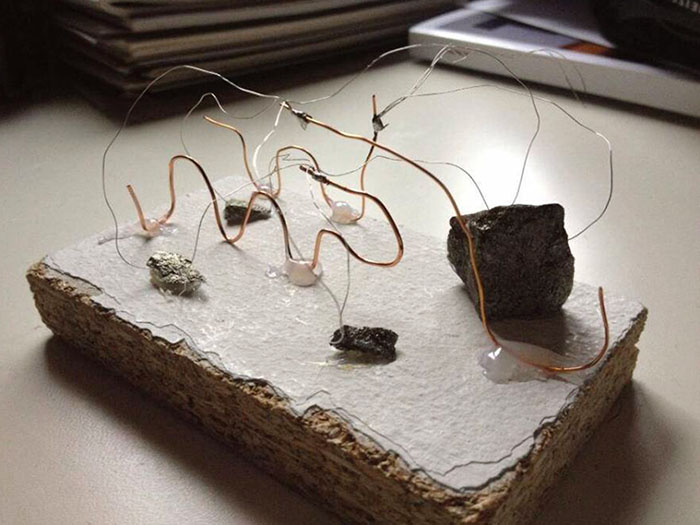 [Image: From "Derelict Electronics" by Ryan Jordan; photo by Lauren Franklin].
[Image: From "Derelict Electronics" by Ryan Jordan; photo by Lauren Franklin]. [Image: From "Derelict Electronics" by Ryan Jordan].
[Image: From "Derelict Electronics" by Ryan Jordan].

 [Images: From "Derelict Electronics" by Ryan Jordan].
[Images: From "Derelict Electronics" by Ryan Jordan].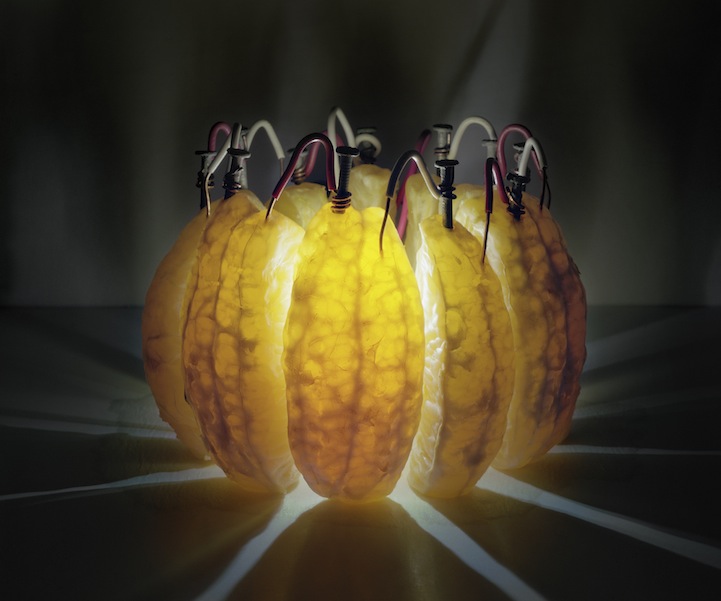 [Image: Caleb Charland, "Orange Battery" (2012), which took a 14-hour exposure time].
[Image: Caleb Charland, "Orange Battery" (2012), which took a 14-hour exposure time].
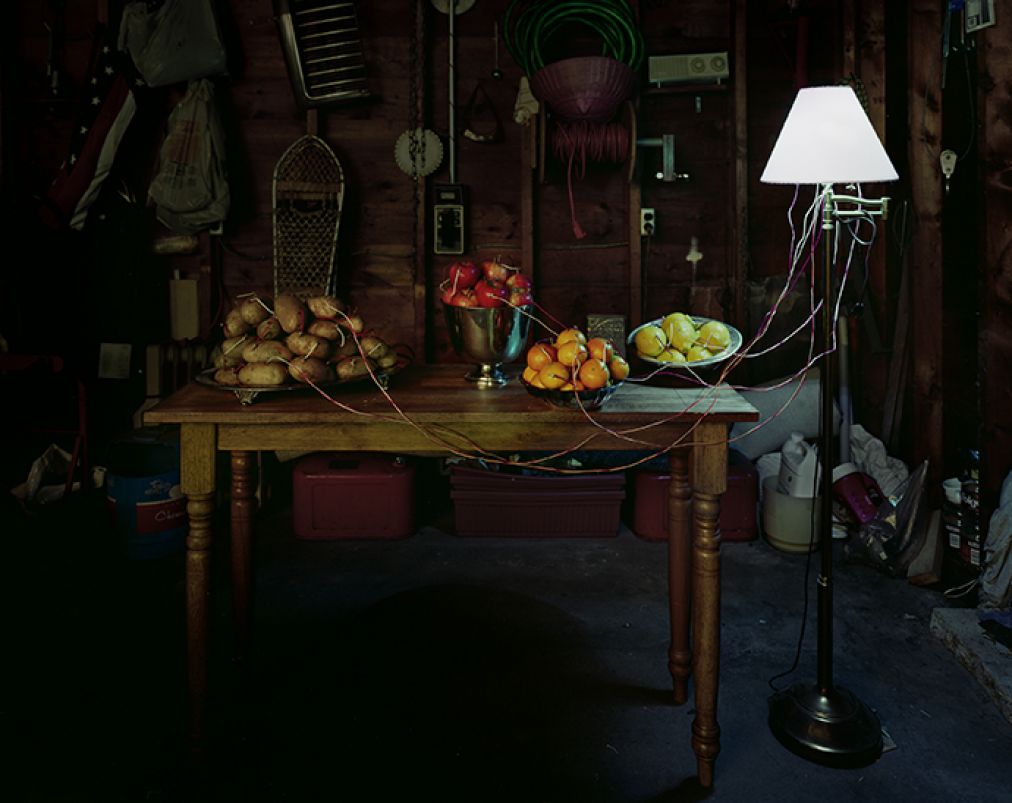 [Images: Photos by Caleb Charland].
[Images: Photos by Caleb Charland].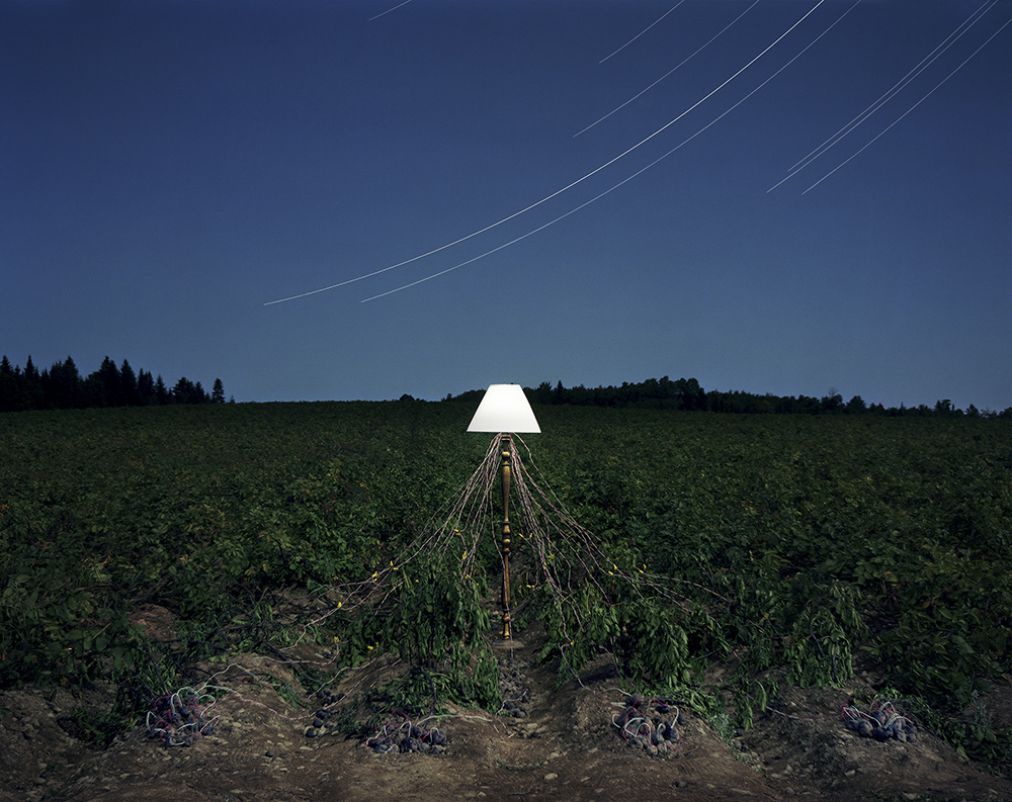 [Image: Photo by Caleb Charland].
[Image: Photo by Caleb Charland].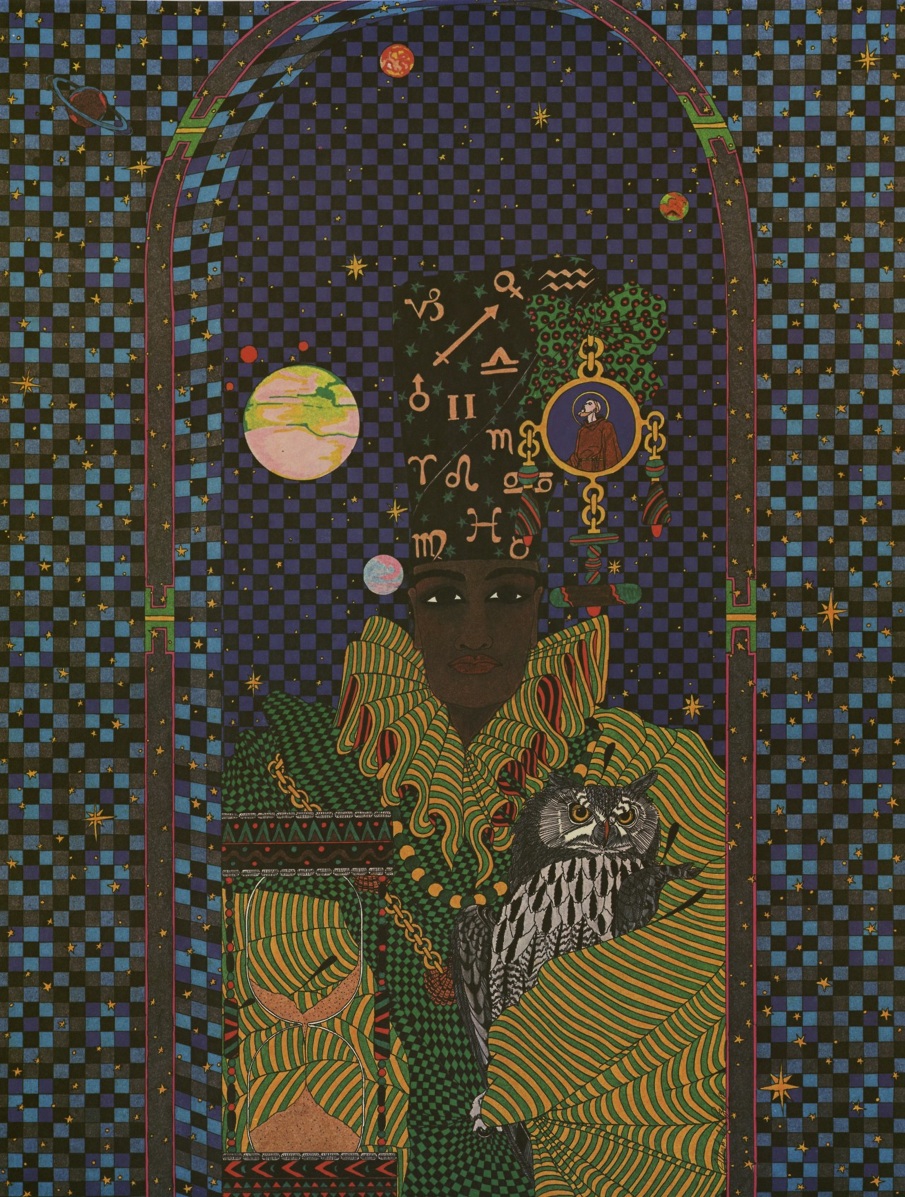
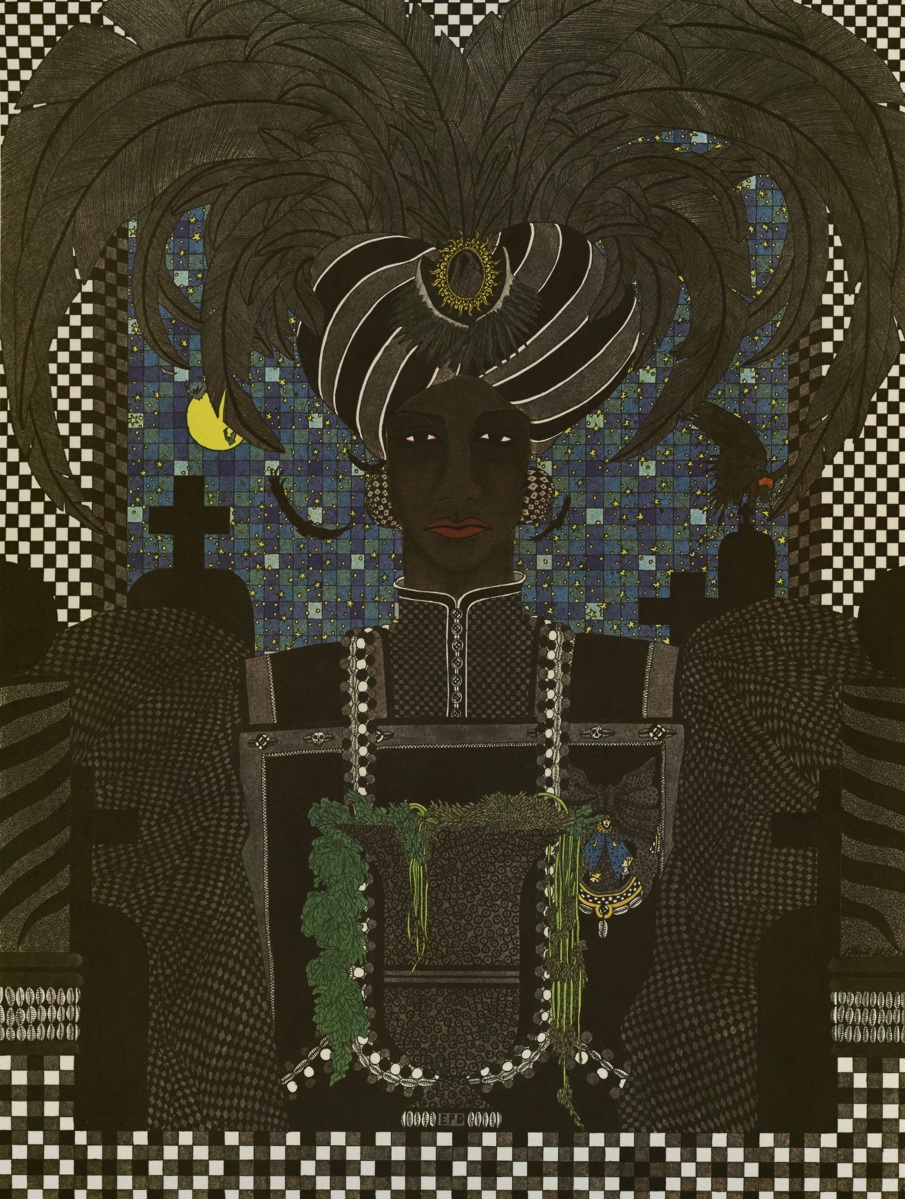

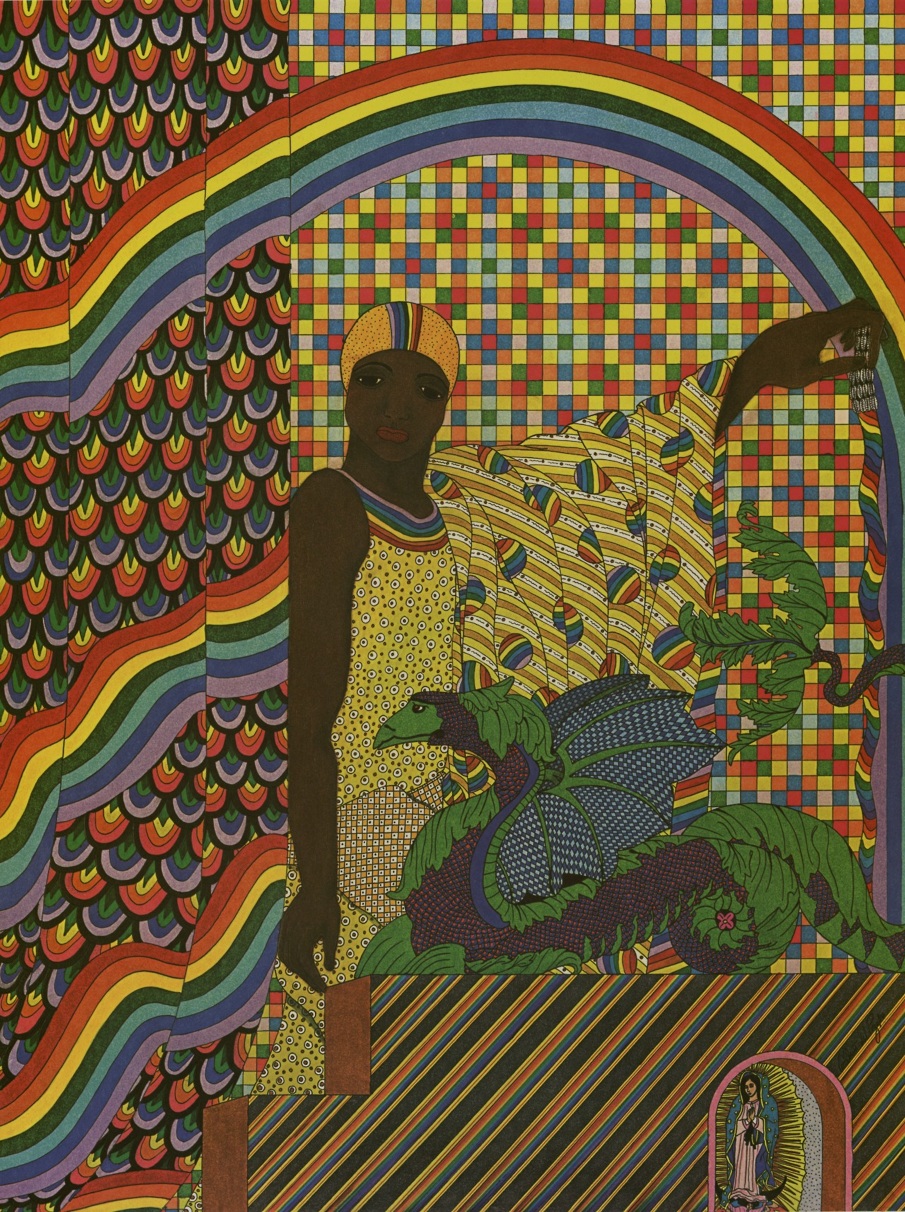

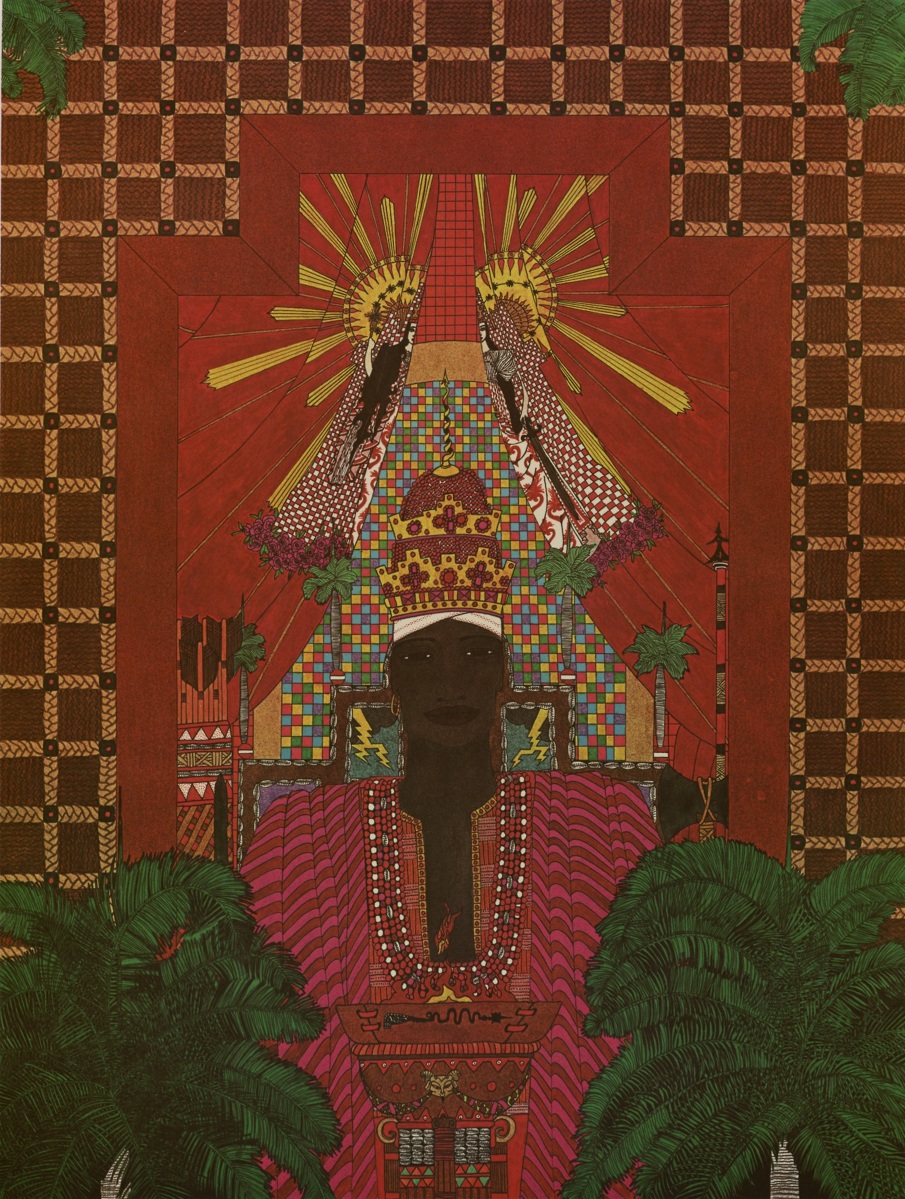
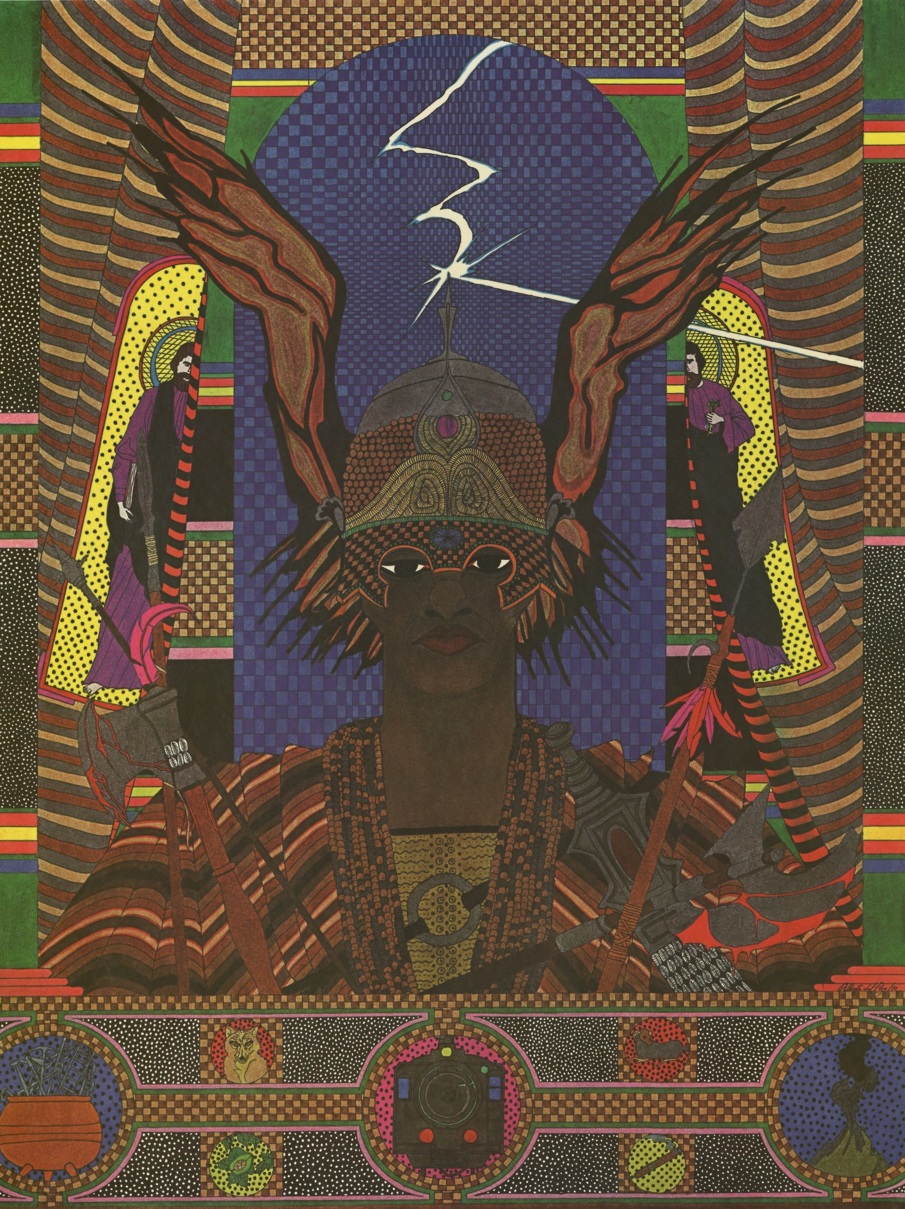
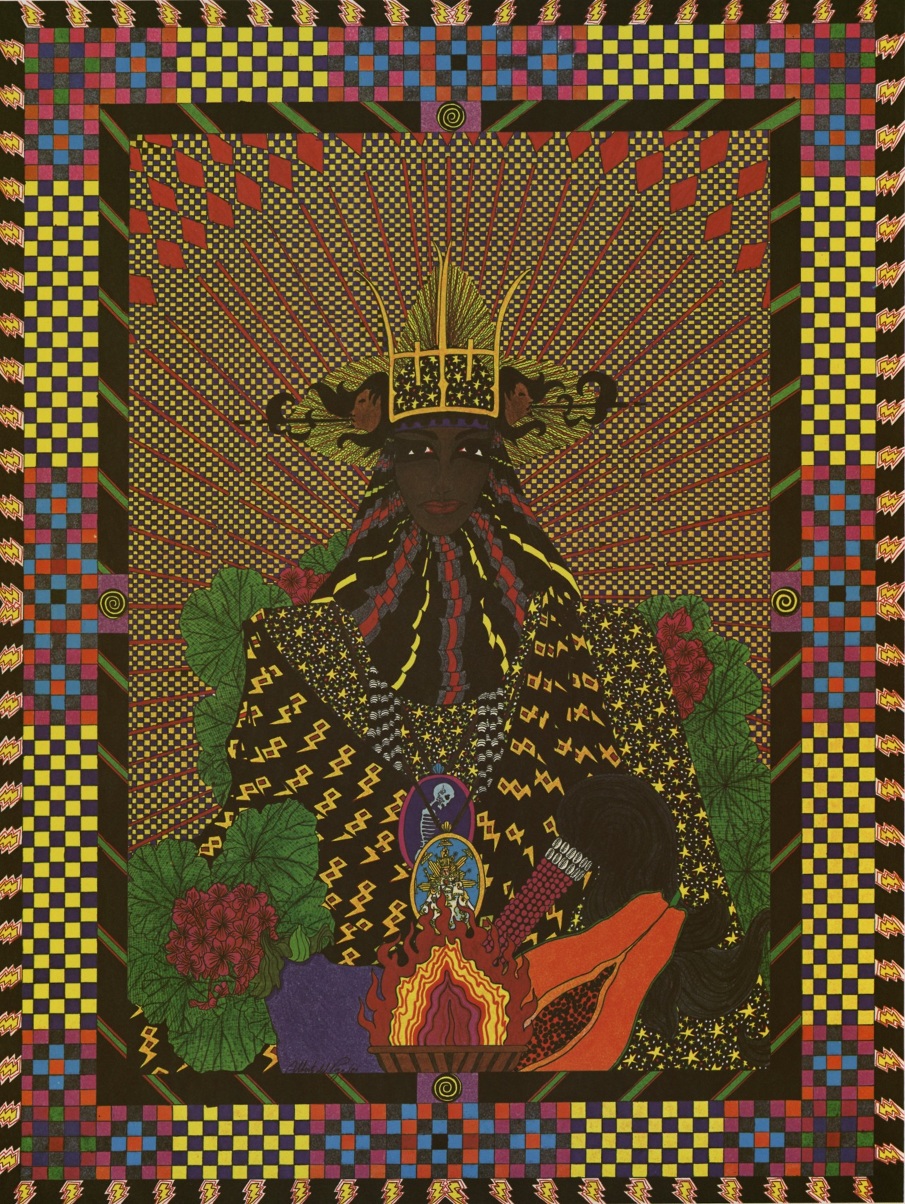 “Each of the illustrations in The Oricha Collection depicts the principal gods and goddesses that comprise the Afro-Cuban religion of Santería.
The Afro-Cuban orishas can be traced to the 19th Century slave trade, when thousands of men, women, and children were taken from their Yoruba homes in Nigeria to be sold as slaves in the new world. In Cuba, the slaves were introduced to Catholic teachings, resulting in a blending of Yoruba and Christian beliefs over time. Due to structural similarities between the two religions, the Yoruba gods were identified with Catholic saints, and as a result, many generations of slaves continued to practice their religion under the guise of Christian liturgy. This union gave rise to a new system of beliefs known as Lucumí or Santería, the ‘way of the saints.’’
Via the Cuban Heritage Collection, University of Miami Libraries
Thanks to luminousinsect
Folkert
“Each of the illustrations in The Oricha Collection depicts the principal gods and goddesses that comprise the Afro-Cuban religion of Santería.
The Afro-Cuban orishas can be traced to the 19th Century slave trade, when thousands of men, women, and children were taken from their Yoruba homes in Nigeria to be sold as slaves in the new world. In Cuba, the slaves were introduced to Catholic teachings, resulting in a blending of Yoruba and Christian beliefs over time. Due to structural similarities between the two religions, the Yoruba gods were identified with Catholic saints, and as a result, many generations of slaves continued to practice their religion under the guise of Christian liturgy. This union gave rise to a new system of beliefs known as Lucumí or Santería, the ‘way of the saints.’’
Via the Cuban Heritage Collection, University of Miami Libraries
Thanks to luminousinsect
Folkert
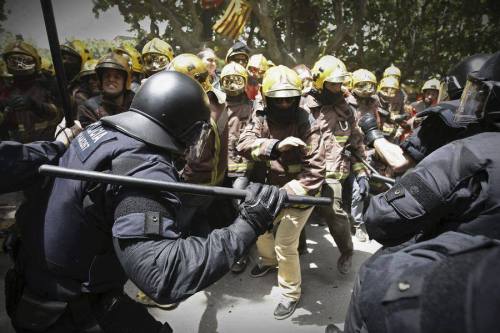
Barcelona today, as firefighters clashed with riot police in front of Catalan parliament during an anti-austerity protest.
this shit is happening all over the world and we are. not. hearing about it.

"Abraj Al Bait", the Royal Clock Tower, Mecca
Third tallest building in the world, largest clock tower in the world.
Ryan Mitchell from The Tiny Life contacted me recently to let me know about an update to his popular book Cracking the Code and I wanted to share it with you as it is full of great information. Here is what Ryan has to say about it:
Many of you have checked out our ebook Cracking The Code – A guide to building codes and zoning for tiny houses; well today I have some good news! We have updated the ebook and added 14 more pages of core content to the ebook with our Toolkit!
Here’s the kicker! If you bought the old version, I just sent you the updated version for FREE! So those of you who supported The Tiny Life, thanks so much, we hope you’ll enjoy the free update.
The Toolkit comes out of some great feedback we got from the first version, where I presented what I came up with as the single best approach to tiny houses and building codes. What we have learned since then is that people were able to take what we taught them and then started coming up with some creative ways to make tiny houses legal in their own towns. So I took those approaches and created this Toolkit which teaches you 10 additional ways to make a tiny house legal!
Get your copy today!


The Library of Congress posted a photo:
Bain News Service,, publisher.
Harry Cody [with sports medals]
[between ca. 1915 and ca. 1920]
1 negative : glass ; 5 x 7 in. or smaller.
Notes:
Title from unverified data provided by the Bain News Service on the negatives or caption cards.
Forms part of: George Grantham Bain Collection (Library of Congress).
Format: Glass negatives.
Rights Info: No known restrictions on publication.
Repository: Library of Congress, Prints and Photographs Division, Washington, D.C. 20540 USA, hdl.loc.gov/loc.pnp/pp.print
General information about the Bain Collection is available at hdl.loc.gov/loc.pnp/pp.ggbain
Higher resolution image is available (Persistent URL): hdl.loc.gov/loc.pnp/ggbain.21074
Call Number: LC-B2- 3755-4
risumiru posted a photo:
Churui (Taiki).
Naumann elephant fossils have been discovered in this town.